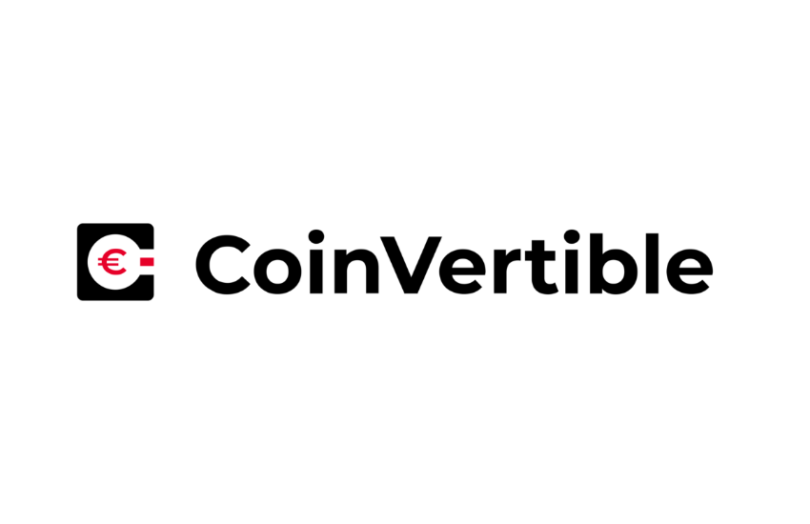Earlier this week, Societe Generale FORGE said its EURCV stablecoin was used to settle the purchase of a Societe Generale issued green bond. Now the stablecoin is listed on the Bitstamp cryptocurrency exchange. We noted earlier in the week that there were a few small transactions involving the exchange.
Although the bank issued EURCV (or Coinvertible) in April, its first iteration went unused. It relaunched with an optimized smart contract in October and AXA XL used it to purchase €5 million of the €10 million green bond. The stablecoin is targeted at institutions.
Hence it complies with know your customer and anti money laundering rules. Bitstamp said that deposits and withdrawals will be limited to SocGen Forge whitelisted users initially. It is globally available apart from the United States and Singapore.
Paris-based crypto market maker Flowdesk announced it was appointed by SocGen FORGE to provide liquidity for the EURCV-EUR and EURCV-USDT trading pairs on Bitstamp.
“We are excited to deliver innovative solutions to our institutional clients which can only be achieved by collaborating with parties that share our long-term vision and quality of services. Flowdesk has demonstrated these qualities,” said Jean-Marc Stenger, CEO of SG-FORGE.
Bank stablecoin trades against Tether!
One notable point is the trading pairs. USDT is Tether, the controversial stablecoin that’s issued offshore. The same company that the New York Attorney General banned and fined. That was for falsely stating that its stablecoin was fully backed by reserves during a period when it was not.
However, SocGen FORGE needs a US dollar trading pair to serve institutional investors. The obvious options would be regulated US dollar stablecoins from Paxos, PayPal or Circle (USDC). However, from a legal perspective, the issuers are all based in the United States, which creates a legal can of worms.
In this case, we assume the United States’ regulatory stance means the subsidiary of a global systemically important bank is indirectly engaging with a controversial offshore entity (Tether) rather than a U.S.-regulated one. Practically, from SocGen FORGE’s perspective it makes sense. But it seems a bit off.
The first listed bank stablecoin
SocGen FORGE’s stablecoin is not the first bank stablecoin by a long shot. One of the biggest stablecoins issued by a mainstream bank is Brazil’s BTG Pactual. However, when you look at the blockchain logs, all you can see for BTG Pactual’s coin are mints and burns. In other words, the actual transactions are recorded internally. That’s an easy way to comply with regulations. However, it’s not typical of stablecoins unless they’re only used on a controlled platform or exchanges. That seems to be the case for BTG Pactual’s stablecoin.






